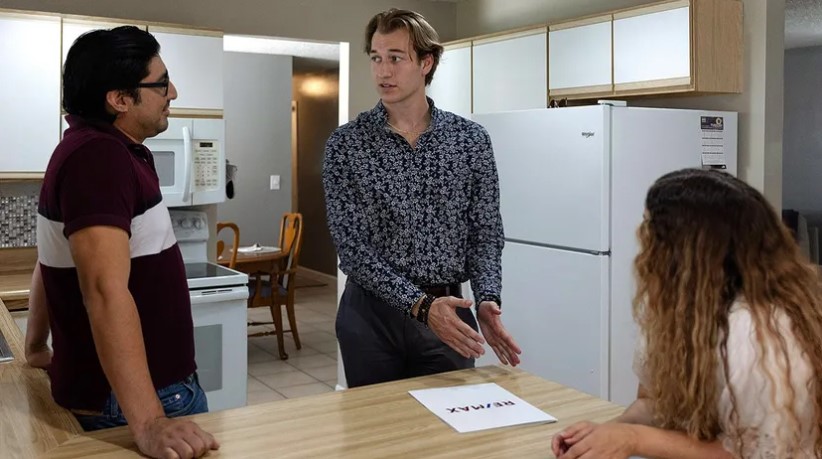Published by REALTOR.com | June 21, 2023
About 2.4 million households have been priced out of homeownership over the past year.
First-time homebuyers and people of color have been particularly affected by higher home prices and mortgage interest rates, according to the Joint Center for Housing Studies of Harvard University’s annual State of the Nation’s Housing report.
Now, there are fewer younger buyers who can afford to purchase real estate. While home prices have begun to dip recently, they shot up 37.5% between February 2020 and February 2023, according to the report. Mortgage rates, which were below 3% during the COVID-19 pandemic, are now in the high 6% range for 30-year fixed-rate loans.
This explains why the number of first-time homebuyers who took out mortgages dropped 22% last year. Just in the last quarter of 2022, first-time buyers took out 40% fewer mortgages than they did a year earlier.
“Over the past year, first-time buyers really got hit hard by the rise in mortgage interest rates. It made the path to homeownership that much harder because mortgage payments were hundreds of dollars more per month this year,” says Dan McCue, a senior research associate at the center.
“In order for them to be a homeowner, households need to earn a lot more money,” adds McCue.
Closing the racial homeownership gap has also become even more of a challenge as high costs are forcing many would-be homeowners to remain renters. Just about three-quarters of white households are homeowners—versus nearly 46% of Black and almost 49% of Hispanic households.
With the cost of purchasing a home spiking, about 39% of Black renters and 37% of Hispanic renters can no longer afford the monthly mortgage payments on the typical home in March 2023 compared with a year earlier. About 30% of white renters face similar financial difficulties.
Many would-be homeowners are struggling to save up for a home of their own as they’re paying more in rent. In the first three months of this year, rents were up 4.5% compared with a year ago, when rents increased 15.3% over the same period. Landlords are now asking about 24% more for professionally managed units than they were before the pandemic.
More Americans are cost-burdened by these high housing costs, the most since the run-up to the housing bust of the mid-2000s.


